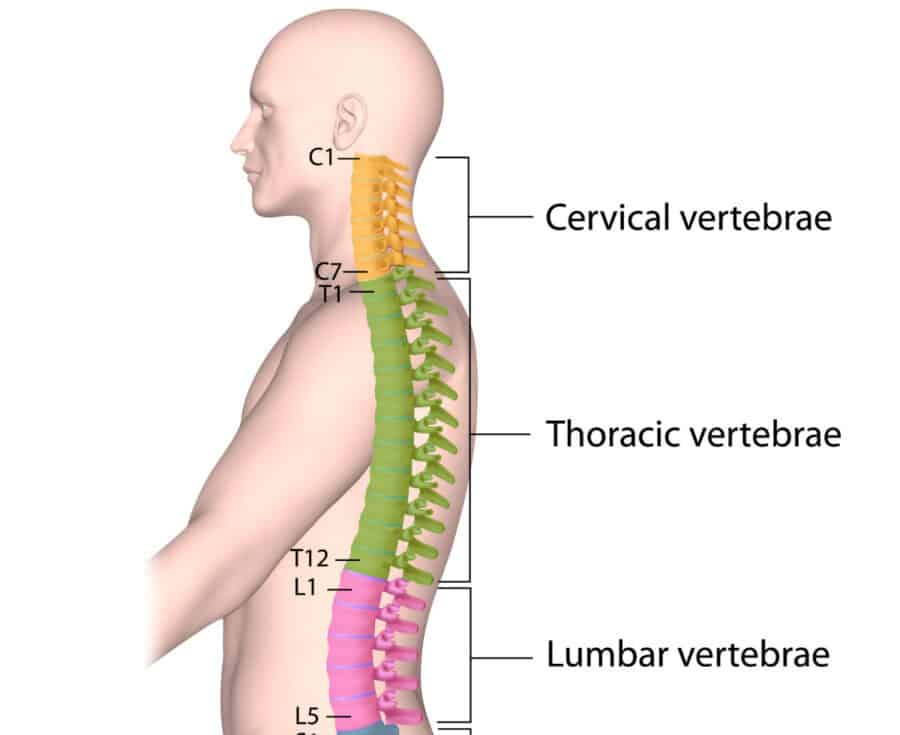Like many other older adults with chronic back pain, you may decide with your doctor that back surgery is the next step.
An astounding 70-95% of adults will experience lower back pain in their lifetime. Even dull aches can affect your quality of life if they’re consistent. When your back is sore, you may find that you’re limiting activities you love to do, whether that’s tinkering around the house, going on hikes, or exploring a new city on foot while on vacation.
If you’ve reached the point that back surgery seems to be your best option, knowing what to expect can help ease fears and make you less apprehensive about the procedure.
What to do before surgery for back pain
- Talk to more than one doctor. Consider getting a second or third opinion to confirm that your back surgery procedure is necessary. Ask each doctor to review all surgical options and recommend the one that seems best for your condition. You also can ask doctors if you can speak with their patients, whose first-hand accounts will give you the best idea of what your experience with that doctor and hospital will be like. If you’re over the age of 80, research shows that spine surgery might not be the best solution. As many as 35 percent of patients in one study experienced significant complications, and recovery can be more strenuous than living with the condition.
- Stay physically active. Before back surgery, try to keep moving while respecting your pain limits. Patients who are at a healthy weight have better outcomes, and a strong heart and lungs help speed recovery. “Prehabilitation” is becoming popular, with an increasing number of doctors prescribing physical therapy before surgery in order to prepare the patient’s body for what’s to come. With this preparation, you may feel better faster and experience fewer complications.
- Call your insurance. With lower back surgery such as a laminectomy (removal of a portion of the vertebral bone) or a fusion, a stay of one to four days in the hospital is standard. Know what’s typical for your operation, and ask your insurance provider beforehand if you’re covered beyond the average stay. It’s always important to know your rights and what you’re entitled to.

Day of back surgery
On the morning of your back surgery, you’ll check in at your assigned time and wait to be called. Once you’re taken in and are on the gurney, the surgeon will come out and talk to you. Other members of the operating team, including the anesthesiologist and neurologist, also will explain their role in your laminectomy, spinal fusion surgery or other procedure. You’ll have an opportunity to ask questions, and then you’ll get to say goodbye to your family before they wheel you into the operating room.
First few days after back surgery
After your back surgery, you’ll be moved to a recovery area where you’ll be monitored before going to your room. You’ll feel groggy and probably nauseated from the anesthesia.
Once you’re in your room, the nurses or physical therapist will get you standing, sitting in a chair and walking with a walker as soon as possible. This helps to combat adverse bodily reactions from surgery ranging from blood clots and skin sores to infections, constipation and pneumonia.
Also, keep in mind that worker’s comp may need to approve pain medications before they’ll cover your prescription. Be sure to have the doctor send the information to your case manager during regular business hours, so there’s no hold up if you’re released over the weekend. It also may be better to get a paper prescription note before you leave the hospital—in case the hospital forgets to send it in and your doctor is unreachable.
Returning home after surgery for back pain
Following back surgery, you’ll most likely notice that you no longer feel your original pain. You may need help getting around and completing routine tasks like showering and dressing for the first one to two weeks. If you find it’s too difficult to get in and out of bed, a recliner that gently goes back and forth from an upright to a reclining position can be a great alternative.
It’s essential to keep moving by taking walks around the neighborhood and increasing your walking tolerance as you get stronger. Physical therapy usually starts four to six weeks after a laminectomy and two to four months after a lumbar spinal fusion surgery. You’ll need clearance from your doctor before you start.
PT is one of the best tools for your recovery from back surgery, because it encourages blood flow, expands flexibility, strengthens core muscles, and activates the surrounding muscles around the surgery site. Your exercise regimen may include body weight movements, hands-on techniques, resistance training, and aerobic exercises. Activities your physical therapist might direct you to do include:
- Aqua therapy
- Squats
- Exercises with resistance bands
- Lunges
- Stationary bicycling
- Treadmill walking
Your PT might also massage your back surgery scar to keep thick, raised scars from forming. Just a few weeks after laminectomy, you’ll be able to return to an office type of job requiring only light physical activity. For spinal fusions, it’ll likely be two to four months before you can go back to work, and it can take up to a year for your back to be sufficiently healed to meet the demands of a job requiring heavy physical labor. Once your physical therapy sessions are over, you’ll be in charge of your continued recovery.
Call Heather Lane Physical Therapy at (720) 507-3962 or schedule your appointment online today to discuss your custom post-surgery rehabilitation program for optimal recovery and health.

